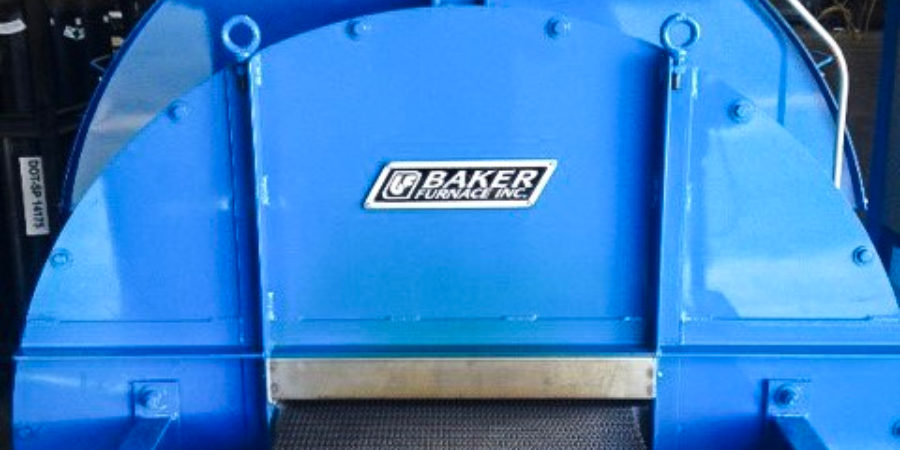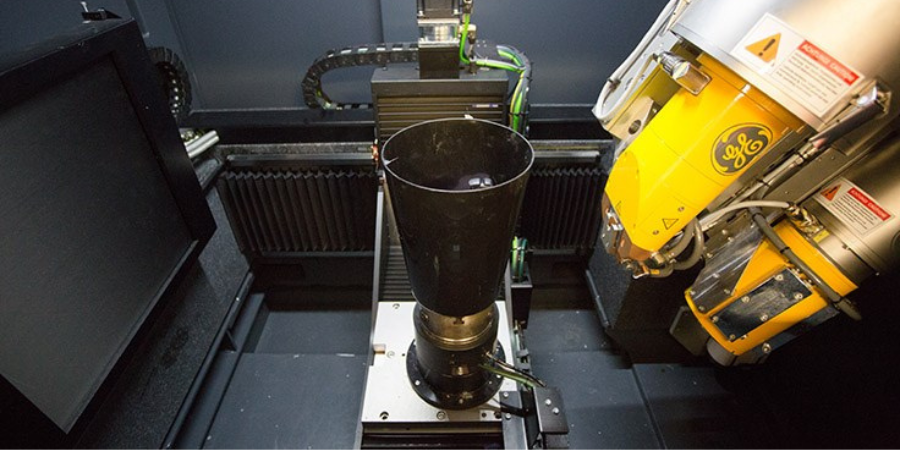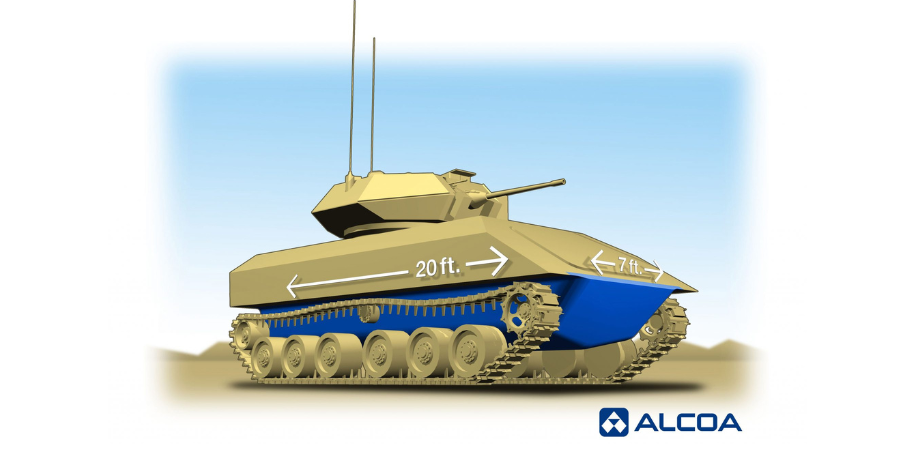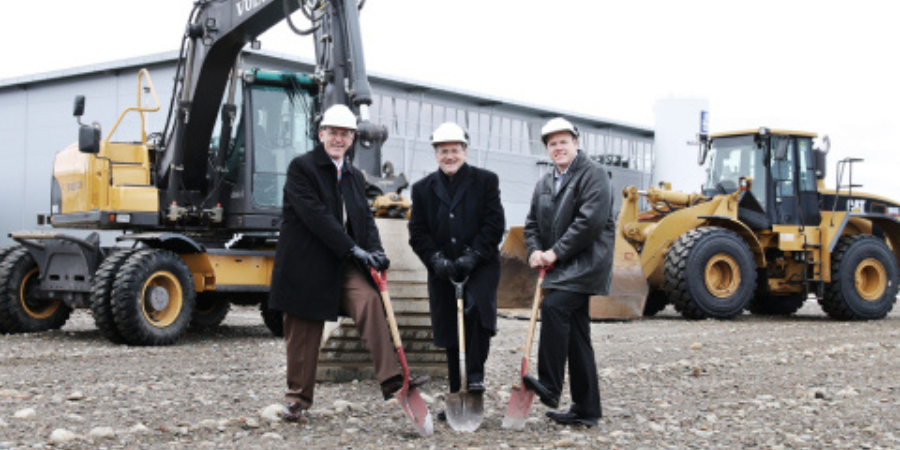Lightweight metals leader Alcoa (NYSE:AA) has been awarded a five-year contract from the U.S. Army worth up to $50 million for R&D projects focused on developing innovative, lightweighting solutions for ground combat vehicles. The U.S. Army Tank Automotive Research, Development and Engineering Center (TARDEC) awarded Alcoa Defense a “Ground Vehicle Light-Weighting” contract to support efforts to accelerate technology research and development and provide engineering solutions for Department of Defense ground vehicles and intelligent ground systems.
“This agreement with TARDEC builds on Alcoa Defense’s decades-long partnership with the U.S. Army to advance military ground vehicles,” said Eric Roegner, President of Alcoa Defense. “Alcoa’s lightweight solutions have improved troop protection while reducing vehicle weight and assembly time. We look forward to building on our successful track record to help develop the next generation combat vehicle.”
Alcoa’s first “work directive,” or project funded under the contract, is an initiative to advance Alcoa-developed aluminum weld wire alloys. These alloys have already been proven to increase the strength of welded joints—typically the weakest point on a vehicle—as well as reduce corrosion of those welded joints on combat vehicles. Under potential future work directives, Alcoa will provide material research, development, engineering, testing, and evaluation efforts related to ground vehicle lightweighting. These research and development efforts will address various technologies associated with lightweighting such as aluminum forming technology, fastening and joining, modeling and simulation, armor development, material development, material fabrication, energy conservation, and coating and corrosion technology.
A Strong Track Record
Alcoa has built a strong track record of partnering with the U.S. Army to develop solutions that advance the performance of ground combat vehicles. In 2013, Alcoa announced a joint Alcoa-U.S. Army Research Laboratory (ARL) initiative to manufacture the world’s biggest single-piece forged aluminum hull for combat vehicles—the largest closed die forging ever made. This game-changing forging replaces the lower hull of a combat vehicle, significantly improving survivability over traditional welded hulls. In Army testing, the monohull has performed exceptionally well in mitigating the effects of blast events, such as those caused by Improvised Explosive Devices.
In 2005, the U.S. Army Tank-Automotive and Armaments Command (TACOM) awarded Alcoa a research, development and engineering contract to develop aluminum structures for ground combat and tactical vehicles under the Army Lightweight Structures Initiative. Alcoa delivered structural solutions that provided on average 30 to 50 percent weight savings over baseline designs.
About Alcoa
A global leader in lightweight metals technology, engineering and manufacturing, Alcoa innovates multi-material solutions that advance our world. Our technologies enhance transportation, from automotive and commercial transport to air and space travel, and improve industrial and consumer electronics products. We enable smart buildings, sustainable food and beverage packaging, high-performance defense vehicles across air, land and sea, deeper oil and gas drilling and more efficient power generation. We pioneered the aluminum industry over 125 years ago, and today, our more than 60,000 people in 30 countries deliver value-add products made of titanium, nickel and aluminum, and produce best-in-class bauxite, alumina and primary aluminum products. For more information, visit www.alcoa.com, follow @Alcoa on Twitter at www.twitter.com/Alcoa and follow us on Facebook at www.facebook.com/Alcoa.
Alcoa has been a partner and supplier to the military for decades, enabling high-performance defense vehicles across air, land and sea. It is part of the Company’s innovative value-add business. For more information on Alcoa Defense, please visit www.alcoa.com/defense.
About TARDEC
The U.S. Army Tank Automotive Research, Development and Engineering Center (TARDEC) develops, integrates and sustains the right technology solutions for all manned and unmanned Department of Defense ground vehicle systems and combat service support equipment to improve the effectiveness of our armed forces and provide superior capabilities for our future armed forces. Headquartered at the U.S. Army Detroit Arsenal in Warren, Mich., TARDEC is a major research, development and engineering center for the Army Materiel Command’s Research, Development and Engineering Command, and is an enterprise partner in the TACOM LCMC. For more information, please visit our website at http://tardec.army.mil, our Facebook page at www.facebook.com/TARDEC, or our Twitter page at www.army.mil/TARDEC
Disclaimer: Reference herein to any specific commercial company, product, process, or service by trade name, trademark, manufacturer, or otherwise, does not necessarily constitute or imply its endorsement, recommendation, or favoring by the United States Government or the Department of the Army (DoA). The opinions of the authors expressed herein do not necessarily state or reflect those of the United States Government or the DoA, and shall not be used for advertising or product endorsement purposes.
As the author(s) is(are) not a Government employee(s), this document was only reviewed for export controls, and improper Army association or emblem usage considerations. All other legal considerations are the responsibility of the author and his/her/their employer(s).












